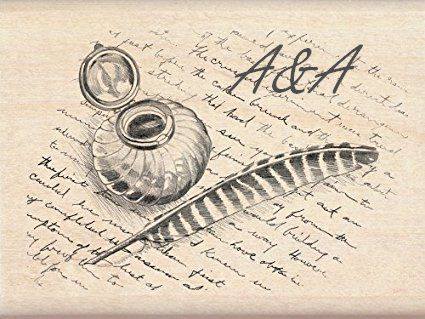
Albert N. Katz
The Eternal Call of Wild Women
Has it not always been like this
ghostly lights
thin voices heard through the trees
half seen/half dressed
a woman
or maybe a goddess
in the distance
calling
enticing men
who should have known better
onto the shoals
One would think
we men would learn eventually
avoid the apple/the haircut/the haunting
tune from behind the rocks
that we would learn
finally
understand how
they watch us frolic
embrace us/overcome us
drag us deep offshore
and like the sea
not give up her dead
_______________
Albert N. Katz is a 73-year old Canadian, a retired University Professor of psychology, who started writing poetry and short stories as retirement loomed, three years ago. He has published since then about 30 poems in literary magazines such as Ariel Chart, Ascent, Backchannel, Pangolin Review, Poetry Quarterly, Rattle, Soft Cartel, and the /tEmz/ Review, and has published several short stories, including “Hocus Pocus,” winner of the 2020 Whispering Prairie Press/ Kansas City Voices flash fiction competition.
Author’s Comments: I have long had an interest in the mythology and archetypes associated with women both in literature and in history. As a psychology professor for over 40 years, I conducted research on the differences in how men and women used indirect speech and, in my teaching, tried to redress the poor representation of women’s achievements to the field of psychology. This poem emerged from the subconscious nature of that scholarship, first as a poem I published on my retirement on the archetypal woman as seen in historical contexts, entitled “On teaching history.” But obviously my subconscious was still churning away at the inchoate unease that the impact on men had not been addressed, leading me to fairly rapidly write “The eternal call of wild women,” when I recognized the source of my unease. I attempted to convey my vision of male blindness to the threat of the allure offered through the use of allusions to ingrained cultural motifs and stories, found in both speculative and non-speculative literatures.
Image Credit: Abstract image (Pixabay)

